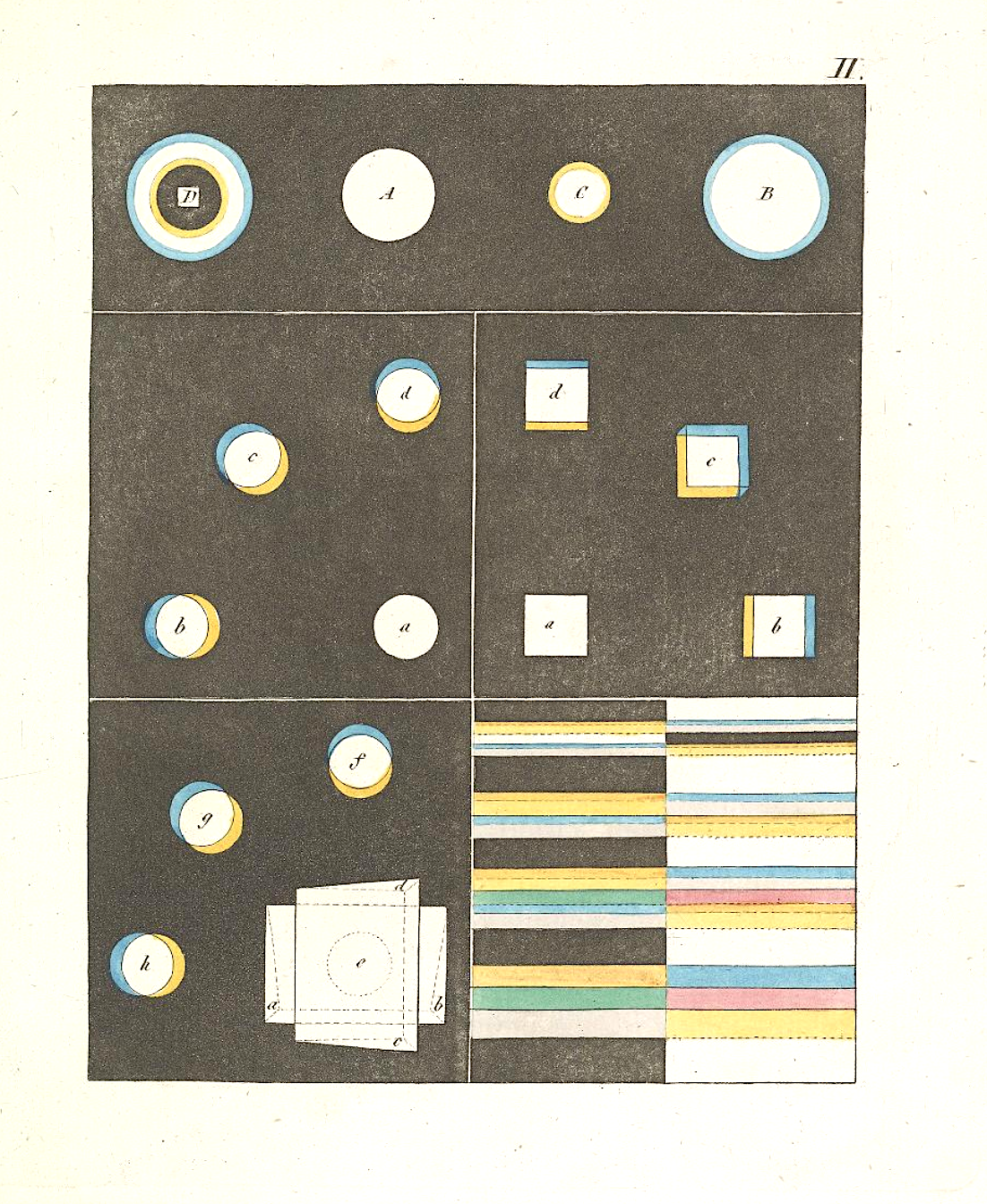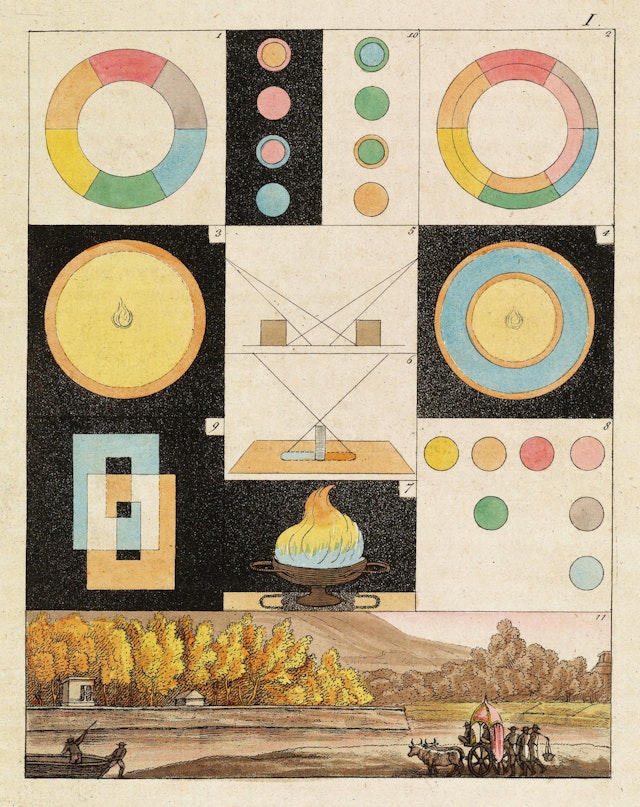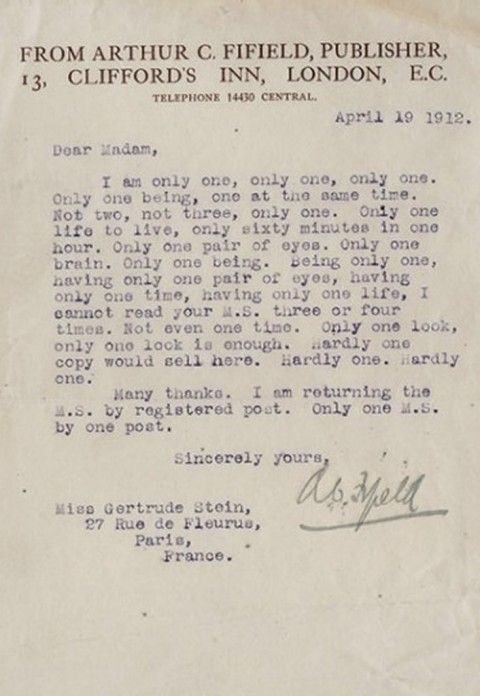Anyone can learn to draw the cast of Peanuts, but few can do it every day for nearly half a century. The latter, as far as we know, amounts to a group of one: Charles Schulz, who not only created that world-famous comic strip but drew it single-handed throughout its entire run. He was, as a nineteen-sixties CBS profile put it, “a one-man production team: writer, humorist, social critic.” That clip opens the video above, which compiles footage of Schulz drawing Peanuts while making observations on the nature of his craft. “When you draw a comic strip, if you’re going to wait for inspiration, you’ll never make it,” he says. “You have to become professional enough at this so that you can almost deliberately set down an idea at will.”
Schulz’s dedication to his work may have been an inborn trait, but he didn’t find his way to that work only through his particular abilities. His particular inabilities also played their part: “I studied art in a correspondence course, because I was afraid to go to art school,” he says in a later BBC segment.
“I couldn’t see myself sitting in a room where everyone else in the room could draw much better than I.” With better writing skills, “perhaps I would have tried to become a novelist, and I might have become a failure.” With better drawing skills, “I might have tried to become an illustrator or an artist. I would’ve failed there. But my entire being seems to be just right for being a cartoonist.”
In drawing, he also found a medium of thought. “The really practical way of getting an idea, when you have nothing really to draw, is just taking a blank piece of paper and maybe drawing one of the characters in a familiar pose, like Snoopy sleeping on top of the doghouse,” he says. Then, you might naturally “imagine what would happen if, say, it began to snow. And so you’d doodle in a few snowflakes, something like that. Perhaps you would be led to wonder what would happen if it snowed very hard, and the snow covered him up completely.” If you continue on to draw, say, Snoopy’s loyal friend Woodstock being similarly snowed in, you’re well on your way to a complete strip. Now do it 17,897 times, and maybe you’ll qualify for Schulz’s league.
Related content:
Charles Schulz Draws Charlie Brown in 45 Seconds and Exorcises His Demons
Umberto Eco Explains the Poetic Power of Charles Schulz’s Peanuts
Hergé Draws Tintin in Vintage Footage (and What Explains the Character’s Enduring Appeal)
Cartoonists Draw Their Famous Cartoon Characters While Blindfolded (1947)
The Enduring Appeal of Schulz’s Peanuts — Pretty Much Pop: A Culture Podcast #116
Based in Seoul, Colin Marshall writes and broadcasts on cities, language, and culture. His projects include the Substack newsletter Books on Cities, the book The Stateless City: a Walk through 21st-Century Los Angeles and the video series The City in Cinema. Follow him on Twitter at @colinmarshall or on Facebook.








